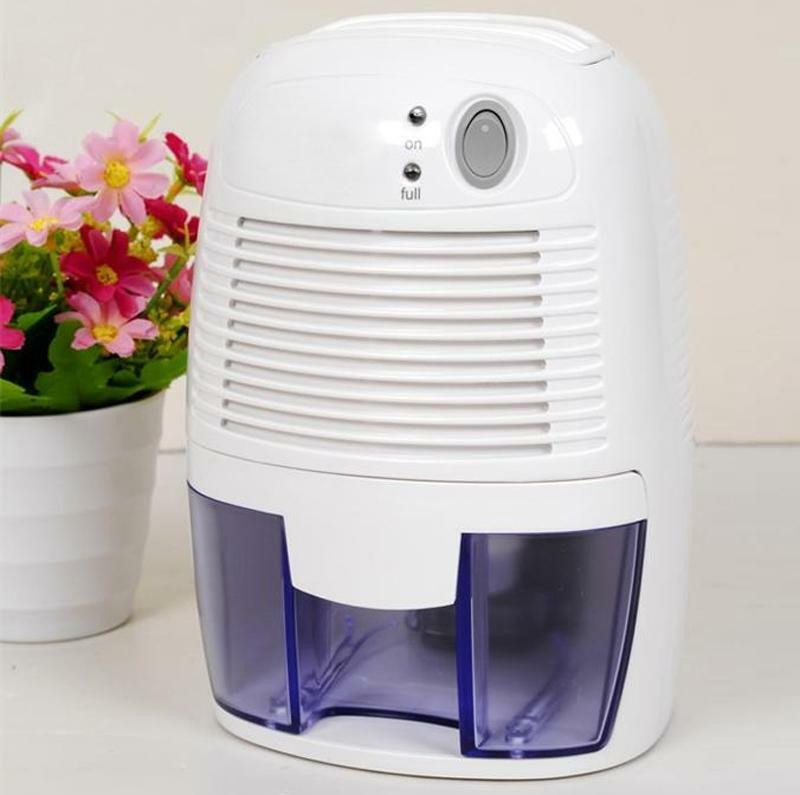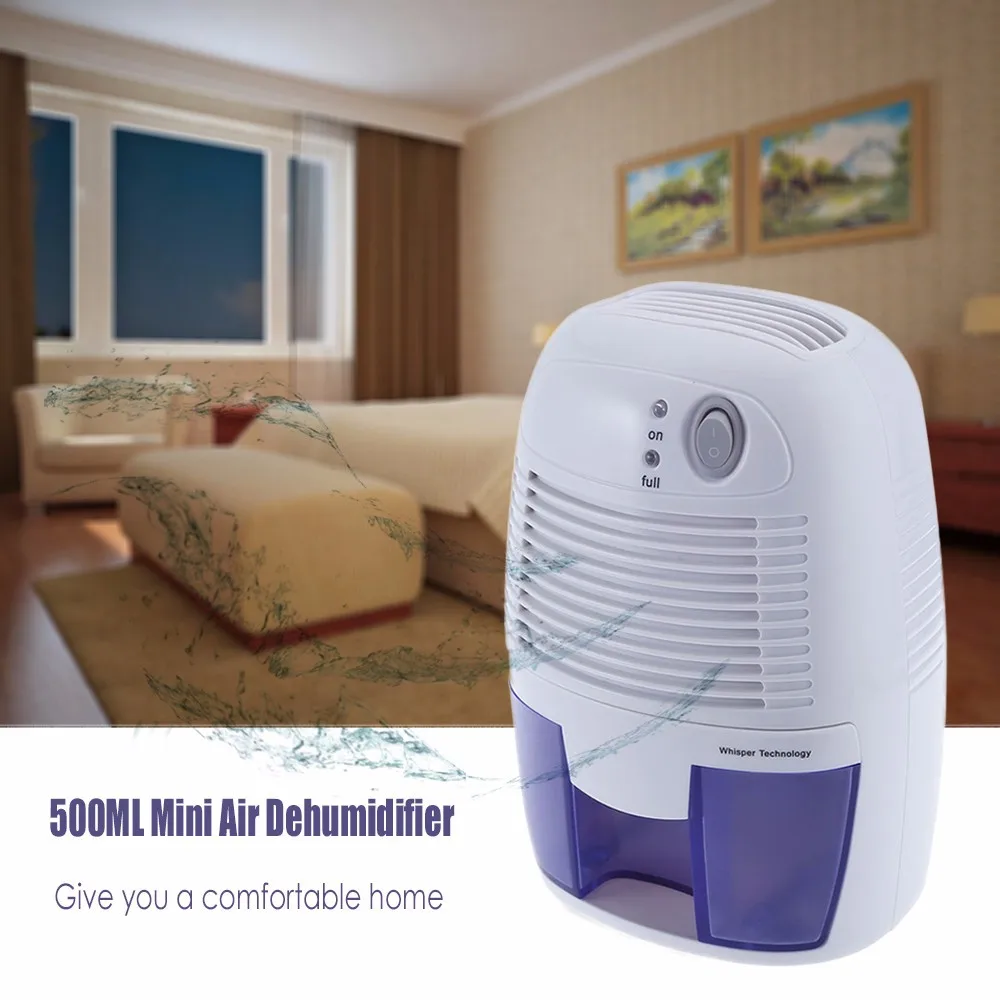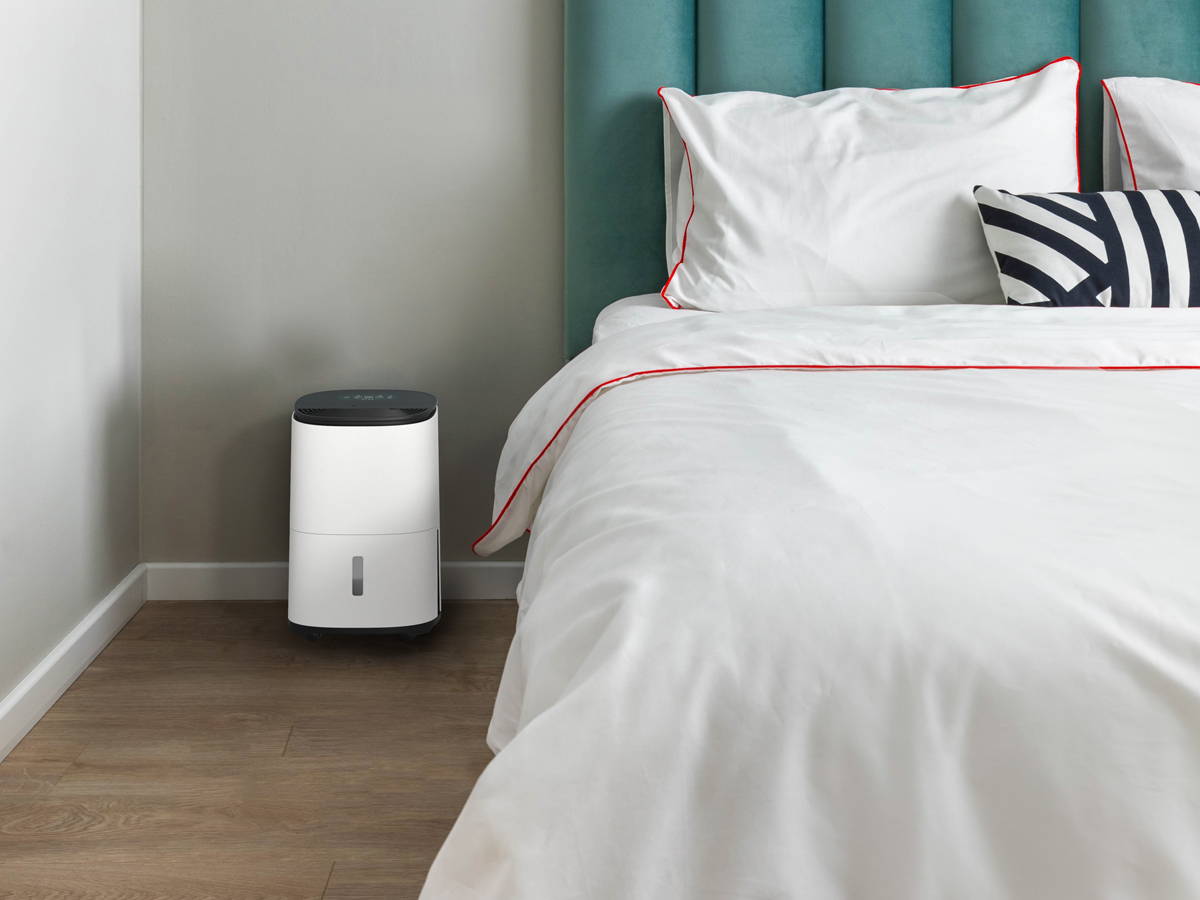Understanding Bedroom Humidity

A comfortable and healthy bedroom environment is essential for a good night’s sleep and overall well-being. Humidity, the amount of moisture in the air, plays a crucial role in creating this environment. Maintaining the right humidity level is vital for preventing various health issues and ensuring a comfortable living space.
Ideal Humidity Range for Bedrooms
The ideal humidity range for a healthy bedroom environment is between 30% and 50%. This range provides a balance between dryness and moisture, promoting comfort and reducing the risk of health problems.
Potential Health Risks Associated with High Humidity in Bedrooms
High humidity in bedrooms can lead to several health risks. Excessive moisture in the air can create a breeding ground for mold and mildew, which can trigger allergies, asthma, and respiratory problems.
High humidity can also exacerbate existing respiratory conditions like asthma and bronchitis, making it difficult to breathe.
Common Causes of Excessive Humidity in Bedrooms
Several factors can contribute to high humidity in bedrooms.
- Cooking and Showering: These activities release steam and moisture into the air, increasing humidity levels.
- Lack of Ventilation: Poor ventilation can trap moisture inside the bedroom, leading to high humidity levels.
- Wet Weather: Rainy or humid weather can bring moisture into the bedroom through open windows or doors.
- Leaky Pipes: Leaking pipes can release moisture into the air, significantly increasing humidity levels.
How a Small Dehumidifier Can Improve Bedroom Air Quality, Small dehumidifier for bedroom
A small dehumidifier can effectively reduce humidity levels in bedrooms, creating a healthier and more comfortable environment.
- Reduces Mold and Mildew Growth: By removing excess moisture from the air, a dehumidifier can prevent the growth of mold and mildew, minimizing allergy triggers and improving air quality.
- Improves Sleep Quality: High humidity can make it difficult to sleep comfortably. A dehumidifier can create a drier and more comfortable environment, promoting better sleep quality.
- Reduces Dust Mites: Dust mites thrive in humid environments. A dehumidifier can reduce humidity levels, creating an unfavorable environment for dust mites, reducing allergy symptoms.
Choosing the Right Dehumidifier

Selecting the right dehumidifier for your bedroom is crucial for achieving a comfortable and healthy indoor environment. A well-chosen dehumidifier can effectively manage excess moisture, preventing mold growth, mildew formation, and respiratory problems. However, with a variety of models available, choosing the best option can be overwhelming. This section explores different types of small dehumidifiers, key features to consider, and tips for determining the appropriate size for your bedroom.
Types of Small Dehumidifiers
Small dehumidifiers primarily fall into two categories: desiccant and compressor. Understanding the differences between these types is essential for making an informed decision.
- Desiccant Dehumidifiers: These dehumidifiers use a desiccant material, typically silica gel, to absorb moisture from the air. Desiccant dehumidifiers are known for their ability to operate efficiently in colder temperatures and lower humidity levels. They are generally more compact and portable than compressor dehumidifiers. However, they tend to be less energy-efficient and may require periodic replacement of the desiccant material.
- Compressor Dehumidifiers: These dehumidifiers use a refrigeration system to condense moisture from the air. Compressor dehumidifiers are generally more powerful and can extract more moisture than desiccant dehumidifiers. They are also more energy-efficient, particularly in warmer and more humid environments. However, compressor dehumidifiers can be bulkier and noisier than desiccant models, and they may not perform as well in cold temperatures.
Key Features to Consider
Several factors contribute to the effectiveness and suitability of a dehumidifier for your bedroom. Here are some key features to consider:
- Capacity: The dehumidifier’s capacity, measured in pints per day, determines the amount of moisture it can remove from the air. A larger capacity is generally required for larger rooms or environments with higher humidity levels. For a typical bedroom, a dehumidifier with a capacity of 20-30 pints per day should be sufficient.
- Noise Level: Dehumidifiers can generate varying levels of noise, which can be a concern, especially in a bedroom. Look for models with quiet operation, often indicated by decibel ratings. Lower decibel ratings generally correspond to quieter operation.
- Energy Efficiency: Energy efficiency is an important consideration, particularly for long-term use. Look for dehumidifiers with an Energy Star rating, which indicates they meet specific energy efficiency standards.
- Additional Features: Some dehumidifiers offer additional features that can enhance their functionality and convenience. These features may include automatic humidity control, timer settings, washable filters, and built-in humidifiers.
Determining the Right Dehumidifier Size
Choosing the right dehumidifier size is crucial for effective moisture removal. A general rule of thumb is to select a dehumidifier with a capacity of 1-2 pints per 100 square feet of space. For example, a bedroom measuring 100 square feet would require a dehumidifier with a capacity of 10-20 pints per day.
Dehumidifier Model Comparison
The following table provides a comparison of different dehumidifier models based on price, capacity, features, and energy consumption.
| Model | Price | Capacity (Pints/Day) | Features | Energy Consumption (kWh/Day) |
|---|---|---|---|---|
| Model A | $100 | 20 | Automatic humidity control, timer, washable filter | 1.5 |
| Model B | $150 | 30 | Automatic humidity control, timer, washable filter, built-in humidifier | 2.0 |
| Model C | $200 | 40 | Automatic humidity control, timer, washable filter, built-in humidifier, Energy Star certified | 1.8 |
Using a Small Dehumidifier Effectively: Small Dehumidifier For Bedroom

Using a small dehumidifier in your bedroom can significantly improve air quality and comfort. By removing excess moisture, it helps prevent mold growth, reduce allergy symptoms, and create a more pleasant sleeping environment.
Proper Installation and Operation
Installing and operating a small dehumidifier is straightforward. It typically involves plugging it into a power outlet and adjusting the humidity level setting. However, there are some crucial steps to ensure optimal performance and safety.
- Placement: Place the dehumidifier on a level surface, at least a foot away from walls and furniture. This allows for proper airflow and prevents damage to the unit.
- Drainage: Ensure the dehumidifier’s drainage system is functioning correctly. Regularly empty the water collection tank or connect a drain hose to a nearby sink or drain. A full tank can cause the unit to shut off automatically.
- Humidity Level Setting: Set the humidity level based on your personal preferences and the recommended range for your bedroom. A humidity level between 30% and 50% is generally ideal for most homes.
- Air Circulation: Improve air circulation in your bedroom by opening windows or using a fan. This allows the dehumidifier to efficiently draw in moist air and expel dry air.
- Safety Precautions: Never operate a dehumidifier near water sources or flammable materials. Always unplug the unit before cleaning or moving it.
Optimizing Dehumidifier Performance and Efficiency
Several factors can affect the performance and efficiency of your dehumidifier. By optimizing these factors, you can ensure your unit operates effectively and consumes less energy.
- Room Size: Choose a dehumidifier with the appropriate capacity for your bedroom size. Oversized units can be wasteful, while undersized units may struggle to remove enough moisture.
- Air Filtration: Some dehumidifiers include air filters that remove dust, pollen, and other airborne particles. Regularly cleaning or replacing these filters can enhance the dehumidifier’s overall performance.
- Regular Maintenance: Regularly clean the dehumidifier’s interior, including the water collection tank, air filter, and fan blades. This helps prevent dust buildup and ensures efficient operation.
- Energy Efficiency: Look for dehumidifiers with energy-efficient features, such as automatic shut-off and adjustable humidity levels. These features can help reduce energy consumption and save money on your utility bills.
Regular Maintenance and Cleaning
Maintaining and cleaning your dehumidifier regularly is essential for its long-term performance and efficiency. Dust and dirt accumulation can hinder airflow and reduce the unit’s ability to remove moisture.
- Frequency: Clean your dehumidifier at least once a month, or more frequently if it’s used in a humid environment or has visible dust buildup.
- Cleaning Supplies: Use a mild detergent and a soft cloth or sponge to clean the dehumidifier’s interior and exterior. Avoid using abrasive cleaners or harsh chemicals.
- Drying: Thoroughly dry all components before reassembling the dehumidifier. This prevents mold growth and ensures proper operation.
Emptying and Cleaning a Small Dehumidifier
Here is a step-by-step guide for emptying and cleaning a small dehumidifier:
- Unplug the dehumidifier: Disconnect the unit from the power outlet.
- Empty the water collection tank: Carefully remove the tank and pour the water into a sink or drain.
- Clean the tank: Wash the tank with warm soapy water and rinse thoroughly. Allow it to air dry completely.
- Clean the interior: Use a damp cloth to wipe down the inside of the dehumidifier, including the fan blades and air filter. Avoid getting water into the electrical components.
- Clean the exterior: Wipe down the exterior of the dehumidifier with a damp cloth.
- Replace the air filter: If the dehumidifier has a reusable air filter, wash it with warm soapy water and allow it to air dry completely. If it’s a disposable filter, replace it with a new one.
- Reassemble the dehumidifier: Place the clean tank back in the unit and plug it back in.
Small dehumidifier for bedroom – A small dehumidifier in your bedroom can be a game-changer, especially during the rainy season. It keeps the air dry and prevents that damp, musty feeling. If you’re looking to upgrade your bedroom’s aesthetic, consider white gloss bedroom cabinets – they add a touch of modern elegance.
And hey, a dehumidifier helps keep those cabinets looking fresh and clean too!
A small dehumidifier is a must-have for any bedroom, especially if you live in a humid climate. It helps to keep the air dry and prevent mold growth. If you’re looking for a calming and refreshing vibe, a blue and green color scheme bedroom is a great choice.
A dehumidifier will help keep the air fresh and clean, so you can truly enjoy your serene space.
